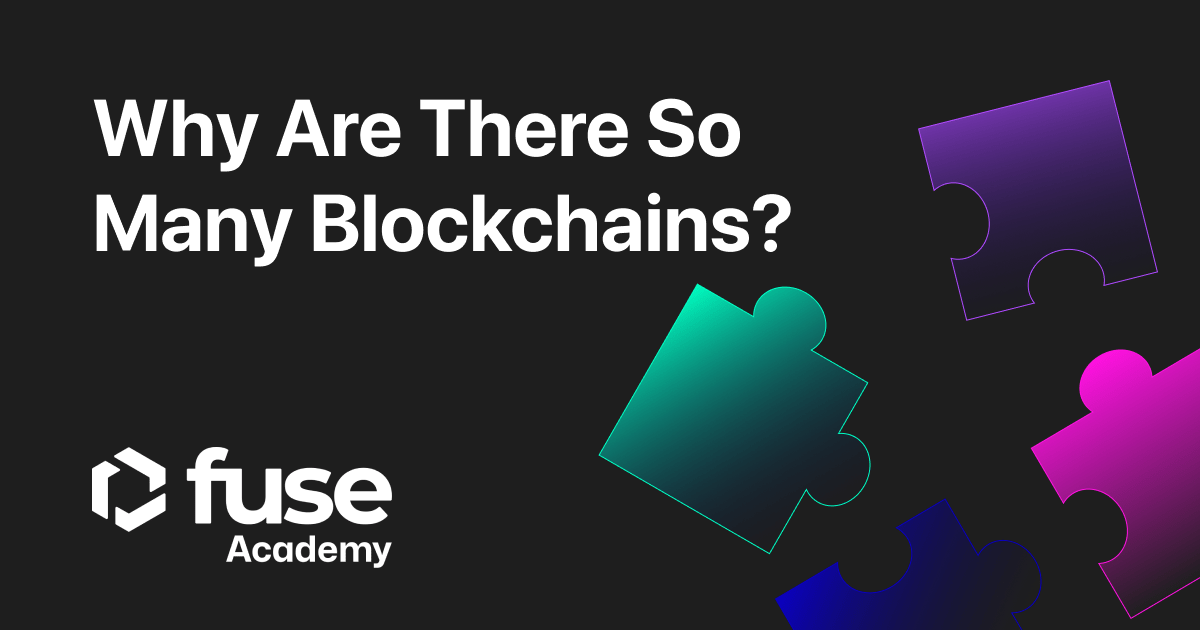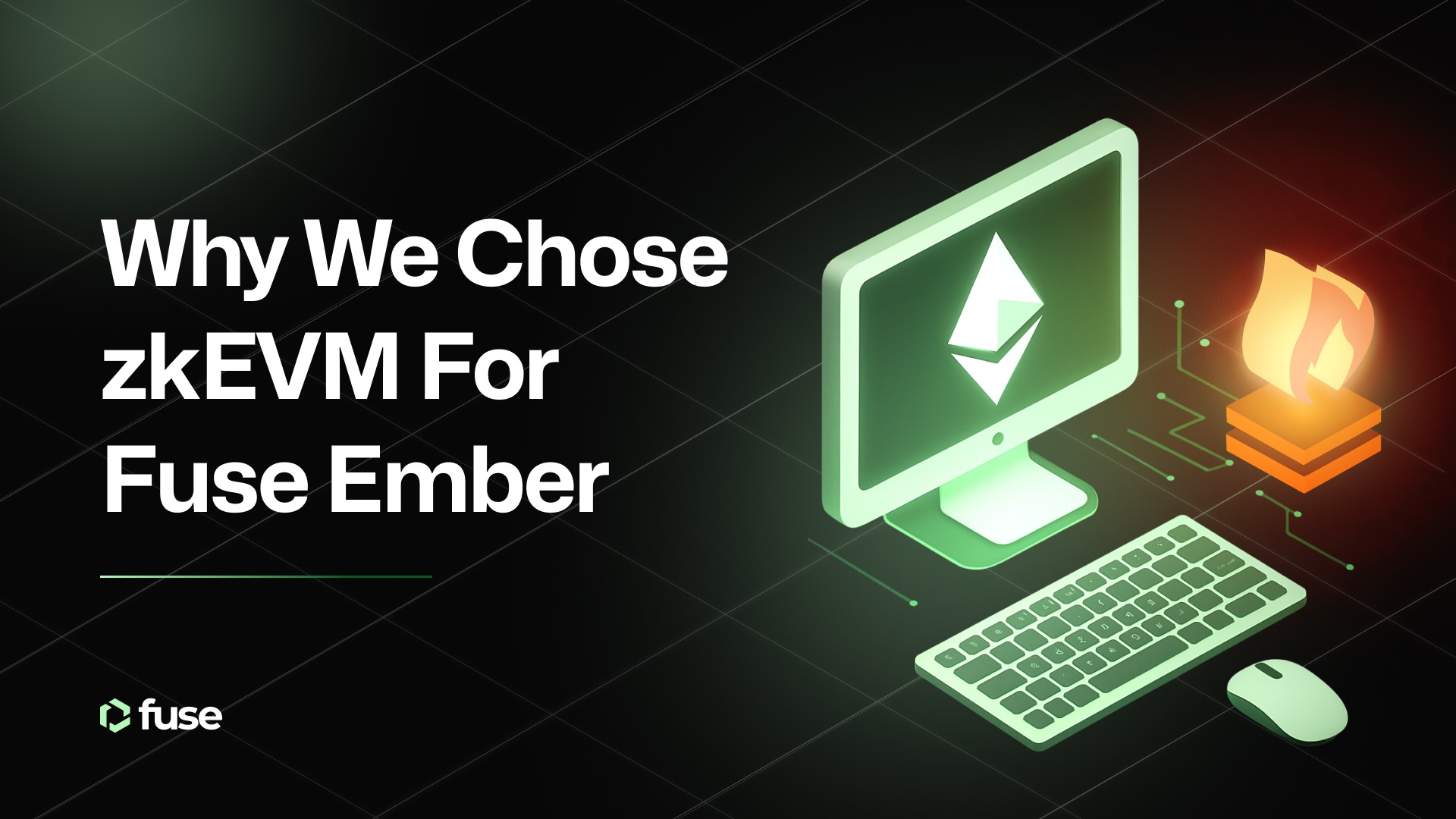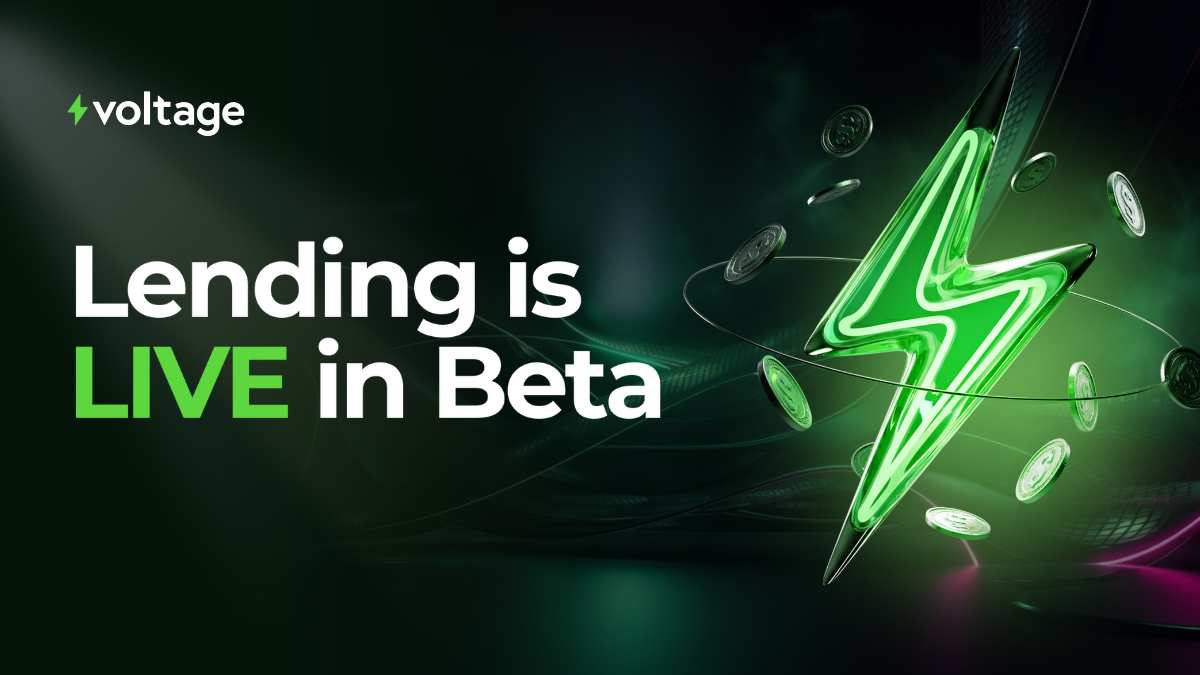Satoshi Nakamoto created Bitcoin; over the next few years, his magic internet money did not take off, but when investors started to see the qualities of Bitcoin, they started investing. Developers started creating other blockchain protocols based on their definition of what blockchain systems should resemble.
The development of the Ethereum ecosystem was rapid because it allows smart contracts. For the first time, smart contracts allow developers to build blockchain applications known as decentralized applications or dapps. Other smart contract blockchains emerged in the last few years, including Algorand, Cardano, Fuse, and Solana.
A new blockchain generally arises when a developer may see a flaw or a loophole in a particular blockchain system, so they try to create a blockchain system that they believe is perfect.
Take a look at the development around the Ethereum ecosystem due to high gas fees and network congestion. The Binance team developed the BNB Chain to reduce end-user costs and scale DeFi; other blockchains like Polygon and Avalanche have also emerged from the Ethereum ecosystem.
Give me an example
The different types of cars can be used to analyze why there are so many blockchain networks today. Some people like SUVs because they are big, while some prefer smaller cars. Some buy car brands because they are cheap, while others choose a more expensive one because they believe in its quality.
Blockchain users prefer their various blockchains based on the qualities they see in them. Despite the arrival of many blockchains with cheaper gas fees, some people still prefer the ERC-20 protocol because they feel it is more secure.
Today’s blockchain networks must communicate for users to cross different blockchain protocols. The quality of multiple blockchains to communicate is known as interoperability. The EVM-compatible blockchain allows the transfer of tokens, and other platforms are building cross-chain bridges, enabling the movement of assets between multiple chains. For web 3.0 to be realized, users should be able to keep various cryptocurrencies on different blockchains in the same wallet.
DeFi pushed blockchain forward
The development of decentralized finance (DeFi) has allowed lending, borrowing, and banking on the blockchain, which means users may want to borrow, lend or drop collateral across multiple chains. The cross-chain network bridges allow users to use an NFT on the Ethereum network as collateral to borrow Cardano-based tokens.
This type of feat will bring a lot of development because it is unlikely that a single blockchain will dominate in the future. For a robust user experience, they must be able to communicate to achieve mighty results.
Fuse Network is a platform that allows developers to build mobile-friendly payment systems. We understand that multichain bridges are essential for multiple blockchains to communicate. We have made several multichain bridges, including the FuseFi bridge, the EIK Finance value transfer protocol, the Connext bridge, the ChainPort bridge, the Allbridge bridge, and the Multichain bridge.
.svg)
.svg)











